Last Updated: July 2025
Want to turn your blockchain idea into reality? Crypto grants offer blockchain funding without giving up ownership—perfect for launching your Web3 project!
In 2025, foundations like Ethereum, Solana, and Polkadot provide Web3 grants from $5,000 to $500,000 to support innovations in DeFi project funding, NFT development, and blockchain scalability solutions.
Whether you’re a beginner or an experienced developer, this guide simplifies the process of applying for blockchain innovation grants to boost your chances of success.
Why Apply for a Crypto Grant?
Blockchain funding through grants lets you build your project without giving up control. Think of a grant as a digital ledger like a shared Google Doc—secure, transparent, and community-driven.
Foundations like Ethereum and Solana offer Web3 funding to support ideas in decentralized finance (DeFi), non-fungible tokens (NFTs), and faster blockchains. With crypto startup funding, you get cash, mentorship, and community support to make your idea real.
Ready to secure Web3 grants in 2025? Follow these six steps to apply for blockchain innovation grants!
TL;DR: How to Secure Blockchain Funding
- Find a Grant: Choose a program matching your project (e.g., Ethereum for scalability, Solana for DeFi).
- Write a Proposal:
Create a clear plan with your idea, problem, solution, timeline, and team. - Show Impact:
Prove your project improves blockchain, like saving costs or helping users. - Follow Rules:
Share code, plan security, and meet ID requirements if needed. - Submit Smart:
Send your application via the foundation’s website with all files. - Stay Engaged:
Follow up and keep building your project.
Your Blockchain Grant Application Checklist
- Research Web3 grants and pick one that fits your project (e.g., Solana for DeFi apps).
- Write a 2–5 page proposal with your idea, problem, solution, timeline, and team details.
- Highlight how your project makes a difference (e.g., lowers fees, helps artists).
- Check rules: Share code on GitHub, plan security, or provide ID documents.
- Submit your proposal and files through the foundation’s website.
- Follow up politely if you don’t hear back within the expected time.
Step 1: Find the Best Web3 Grant for Your Project
Each blockchain funding program supports specific ideas, so choose one that aligns with your project. Here’s a look at top programs in 2025:
- Ethereum Foundation:
Funds blockchain scalability solutions like rollups to make Ethereum faster. - Solana Foundation:
Supports fast DeFi project funding and apps like NFT marketplaces. - Polkadot Web3 Foundation:
Backs cross-chain interoperability and new blockchain agreements. - Algorand Foundation:
Focuses on eco-friendly projects and regulated financial tools. - Cardano’s Project Catalyst:
Supports community-driven NFT development and DeFi ideas.
Pro Tip: Explore foundation websites or CryptoBitMag’s Top 20 Blockchains with Grants in 2025 to find your match. Align your project with their mission for better chances!
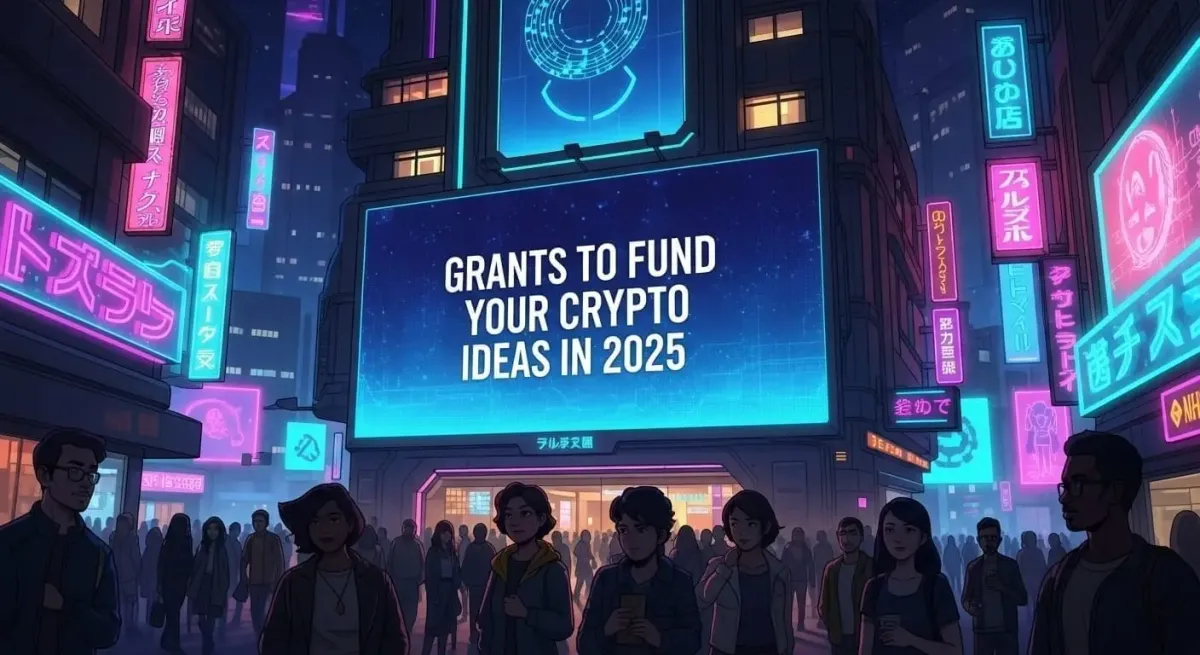
View Our Top Blockchain Picks for Grants in 2025
Step 2: Write a Winning Blockchain Grant Proposal
Your proposal is your pitch to secure crypto startup funding. It’s like explaining your idea to a friend—clear, exciting, and convincing. Here’s what to include:
- Introduction:
Share your project’s big idea in 2–3 sentences.
Example: “ArtEasy helps artists create affordable NFTs on a fast, eco-friendly blockchain.” - Problem:
Describe a blockchain issue your project solves.
Example: “High fees on Ethereum make NFT creation too expensive for small artists.” - Solution:
Explain how your project fixes the problem using blockchain.
Example: “ArtEasy uses layer-2 tech to cut NFT fees by 90%, making creation accessible.” - Timeline:
List your project’s steps with dates, like a to-do list.
Example:- Month 1: Build NFT app code and design.
- Month 3: Test app on a practice network.
- Month 6: Launch publicly and onboard 1,000 users.
- Team: Highlight your team’s skills. Solo? Share your experience!
Example: “I’m a coder with 2 years of DeFi experience and built a small NFT app.”
Sample Proposal Snippet (Solana Grant):
“SpeedLend tackles slow DeFi transactions. Using Solana’s high-speed blockchain, we enable instant micro-loans with fees under $0.01, based on testnet results.”
Proposal Template:
- Introduction: [Your project’s big idea in 2–3 sentences.]
- Problem: [What blockchain issue does your project solve?]
- Solution: [How does your project fix it? Why is it unique?]
- Timeline: [List key steps and dates.]
- Team: [Who’s working on it and their skills.]
Pro Tip: Keep it short (2–5 pages) and add visuals like a timeline chart. Check foundation websites or GitHub for sample blockchain grant proposals.
Step 3: Highlight Your Project’s Impact and Innovation
Foundations want projects that push blockchain forward. Show how your idea is unique and helpful. Does it save money, protect privacy, or connect with other apps?
Example: For a Tezos grant, highlight how your NFT development uses Tezos’ green blockchain to attract eco-conscious artists. For Polkadot, show how your cross-chain bridge links blockchains for faster data sharing.
Pro Tip: Use data, like “Our DeFi app cut fees by 50% in tests,” to prove impact.
Step 4: Meet Technical and Legal Requirements
Grants have rules—miss them, and your application could fail. Check for:
- Open-Source Code:
Share your code on GitHub for grants like Ethereum’s. - Security Plans:
Show how you’ll keep your project safe, like planning code checks. - Legal Rules:
Provide ID for grants like Algorand’s, especially for financial tools. - Documents:
Include your timeline, budget, and required files.
Pro Tip: Use a checklist from the grant’s website to cover all rules.
Step 5: Submit Your Web3 Grant Application
Ready to apply? Most Web3 grants use their website or platforms like GitHub. You’ll need:
- Your proposal (PDF or Word).
- Links to your code or documents.
- A slide deck summarizing your idea (optional but helpful).
- Your contact info.
Key Details:
- Deadlines:
Cardano has set dates; Solana accepts anytime. Check the website. - Formatting:
Follow rules, like file types or word limits.
Pro Tip: Proofread and ask a friend to review. A polished application stands out! Apply for an Ethereum Grant Now.
Step 6: Follow Up and Stay Engaged
After submitting:
- Follow Up:
No response in the expected time? Send a polite email. - Keep Building:
Work on your project to show progress if asked. - Be Ready:
Some grants may want a demo or more details.
If approved, submit updates or hit milestones. For example, Filecoin grants need quarterly reports.
Pro Tip: Join foundation communities (Discord, Telegram) to network and stay updated.
Common Mistakes to Avoid
- Vague Ideas:
Be specific—say how your project helps, with data or examples. - Ignoring Rules:
Check if code must be shared or files are needed. - Missing Deadlines:
Use a calendar for submission dates. - Weak Team Info:
Even solo developers should share skills or projects.
Troubleshooting Tip: No team? Join a hackathon or connect with open-source coders.
Grants for Everyone:
Supporting Diverse Innovators
Web3 funding welcomes everyone! Foundations like Cardano and Algorand encourage applications from women, BIPOC developers, and teams in Africa, Asia, or other regions. Look for diversity-focused blockchain grants or mentorship programs like Women in Blockchain or Ethereum’s Ecosystem Support Program.
Example: Algorand offers grants for African developers building eco-friendly financial tools.
Join the Blockchain Community
Get feedback and find collaborators:
- Discord/Telegram:
Join Ethereum’s Developer Community or Solana’s Grant Hub. - Hackathons:
Try events like Ethereum DevCon 2025 in Singapore to pitch ideas. - Forums:
Share on r/BlockchainStartups or X for tips and support.
FAQs:
Your Crypto Grant Questions Answered
Choosing a Grant
Q: How do I pick the best Web3 grant?
A: Match your project to the foundation’s focus (e.g., DeFi for Solana, scalability for Ethereum).
Q: What are the best blockchain grants for startups in 2025?
A: Ethereum, Solana, and Polkadot offer $5,000–$500,000 for DeFi, NFTs, and cross-chain projects.
Writing a Proposal
Q: What makes a strong blockchain grant proposal?
A: A clear idea, problem, solution, timeline, and team details, aligned with the grant’s goals.
Q: Do I need a prototype for a crypto grant?
A: Not always, but a working model helps. If not, focus on your plan and skills.
Q: Can beginners apply for blockchain funding?
A: Yes! Many grants, like Cardano’s, welcome beginners with strong ideas.
After Submission
Q: How long does a grant review take?
A: Ethereum takes 4–8 weeks; Solana’s rolling grants may respond in 2–4 weeks. Check websites.
Q: Can I apply for multiple Web3 grants?
A: Yes, but customize each proposal for the foundation’s goals.
Q: What happens after I get a grant?
A: Submit updates or milestone reports to keep funding.
Glossary: Key Blockchain Terms
- DeFi (Decentralized Finance): Digital financial tools, like lending, without banks.
- NFT (Non-Fungible Token): Unique digital items, like art, on a blockchain.
- Layer-2 Solutions: Tech that speeds up blockchains by handling tasks off the main chain.
- KYC (Know Your Customer): ID checks for legal compliance.
- Open-Source: Code shared publicly, like on GitHub, for anyone to use.
Final Thoughts
Applying for crypto grants in 2025 is your chance to fund a blockchain startup. By choosing the right Web3 grant, writing a clear proposal, showing impact, and following rules, you’re set for success. Whether you’re building a DeFi app, an NFT platform, or a cross-chain solution, your idea could shape the future of blockchain!
Explore CryptoBitMag’s Top 20 Blockchains with Grants in 2025 or Apply for a Solana Grant Now to start your blockchain journey!
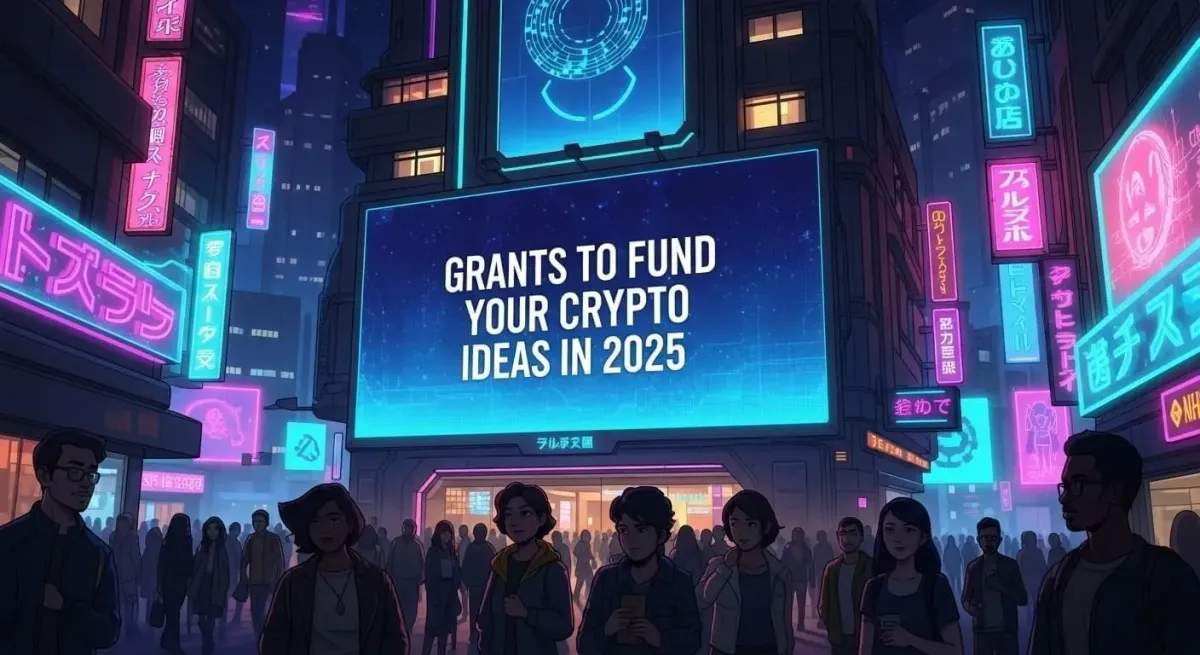
Visit our Top 20 Blockchains with Grants in 2025

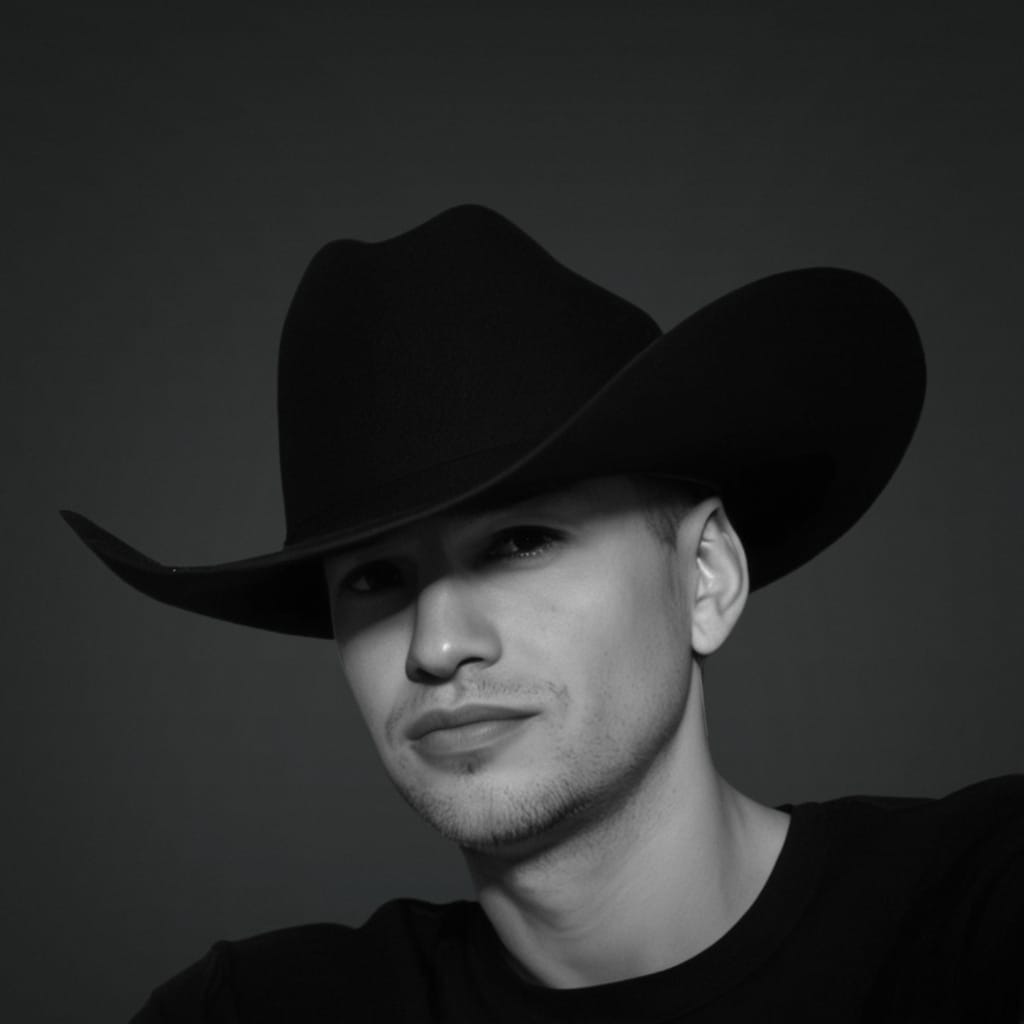

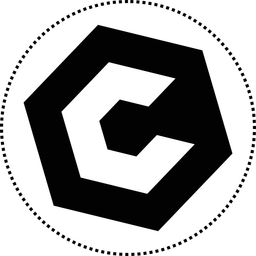
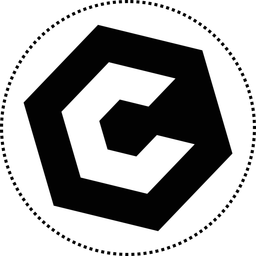
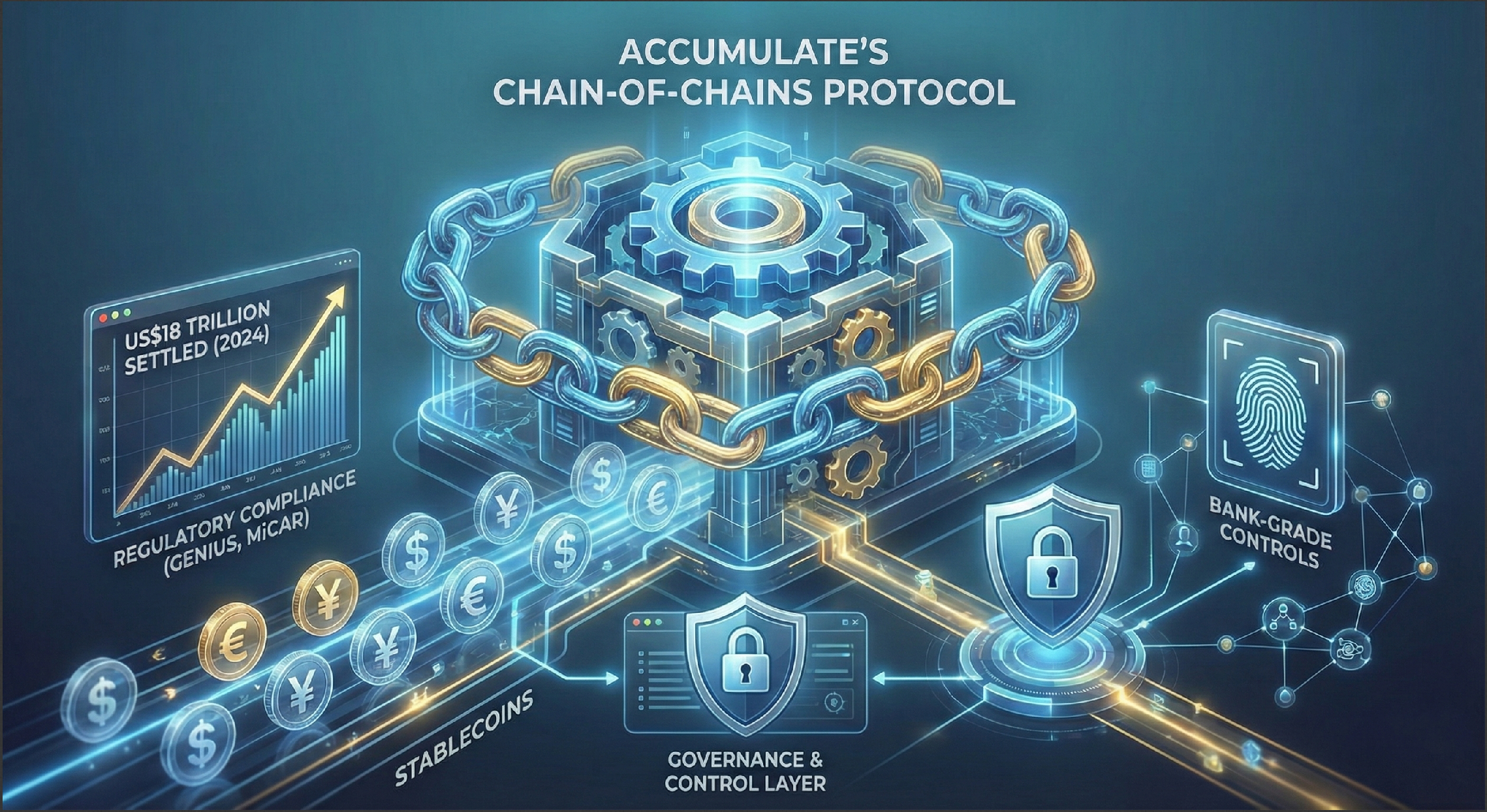
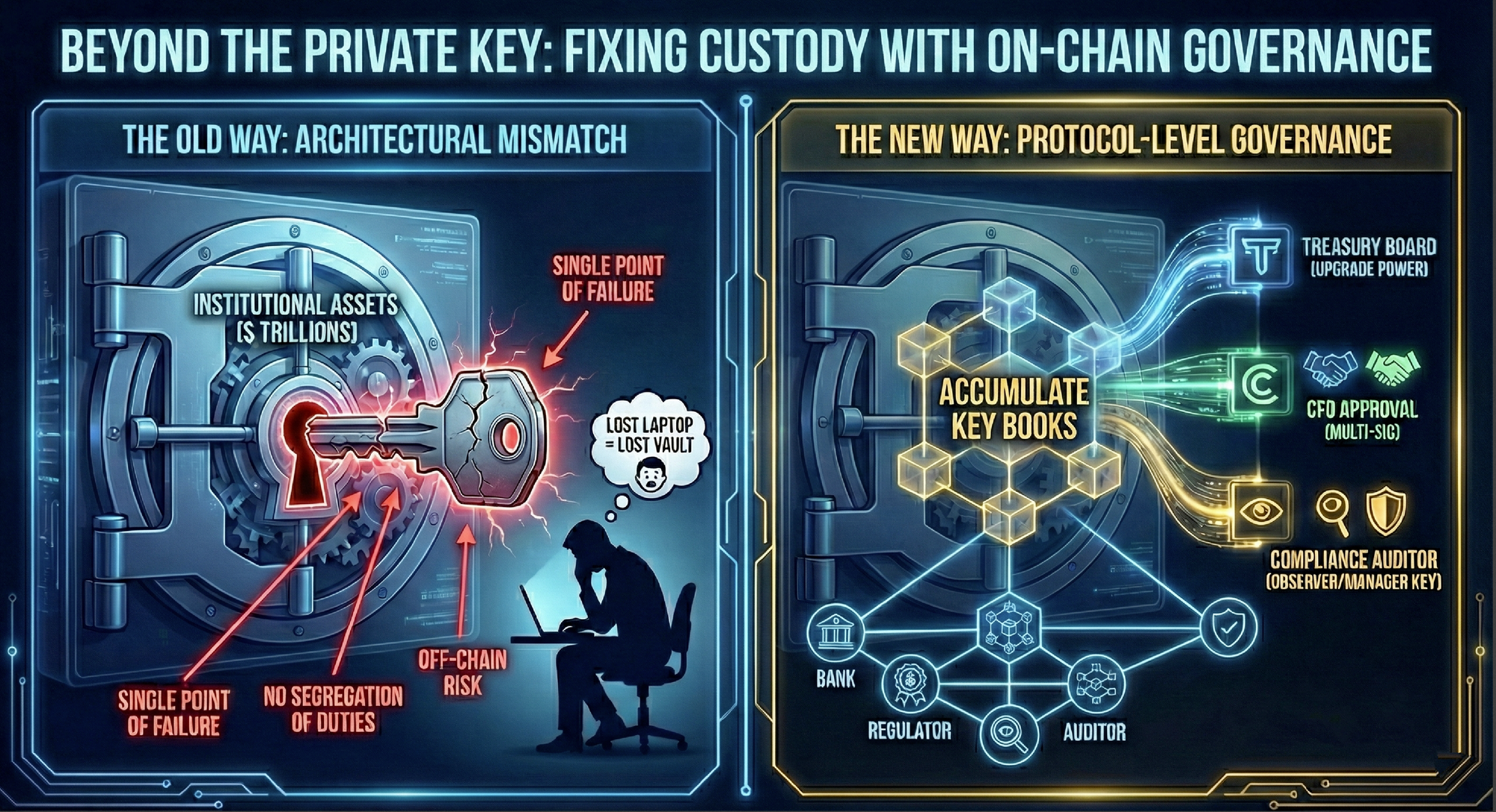
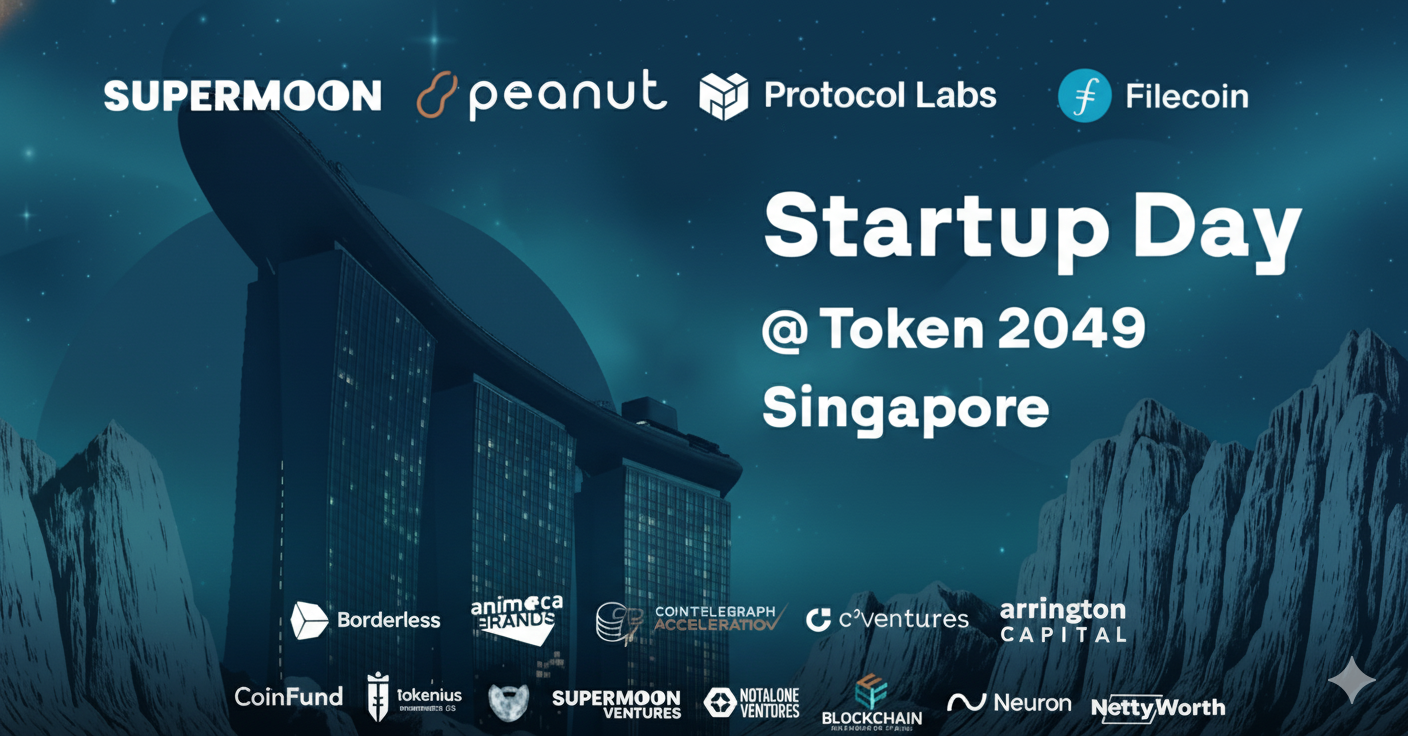
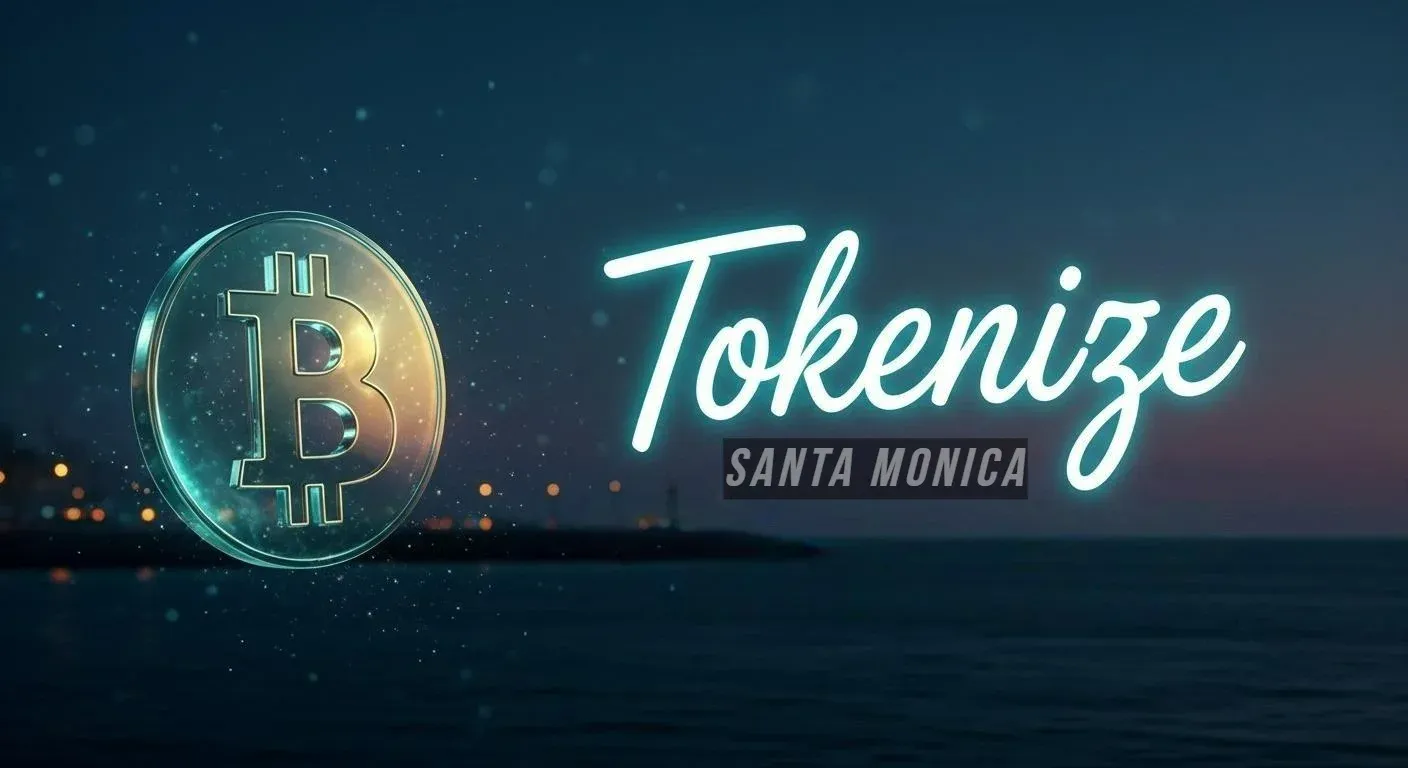
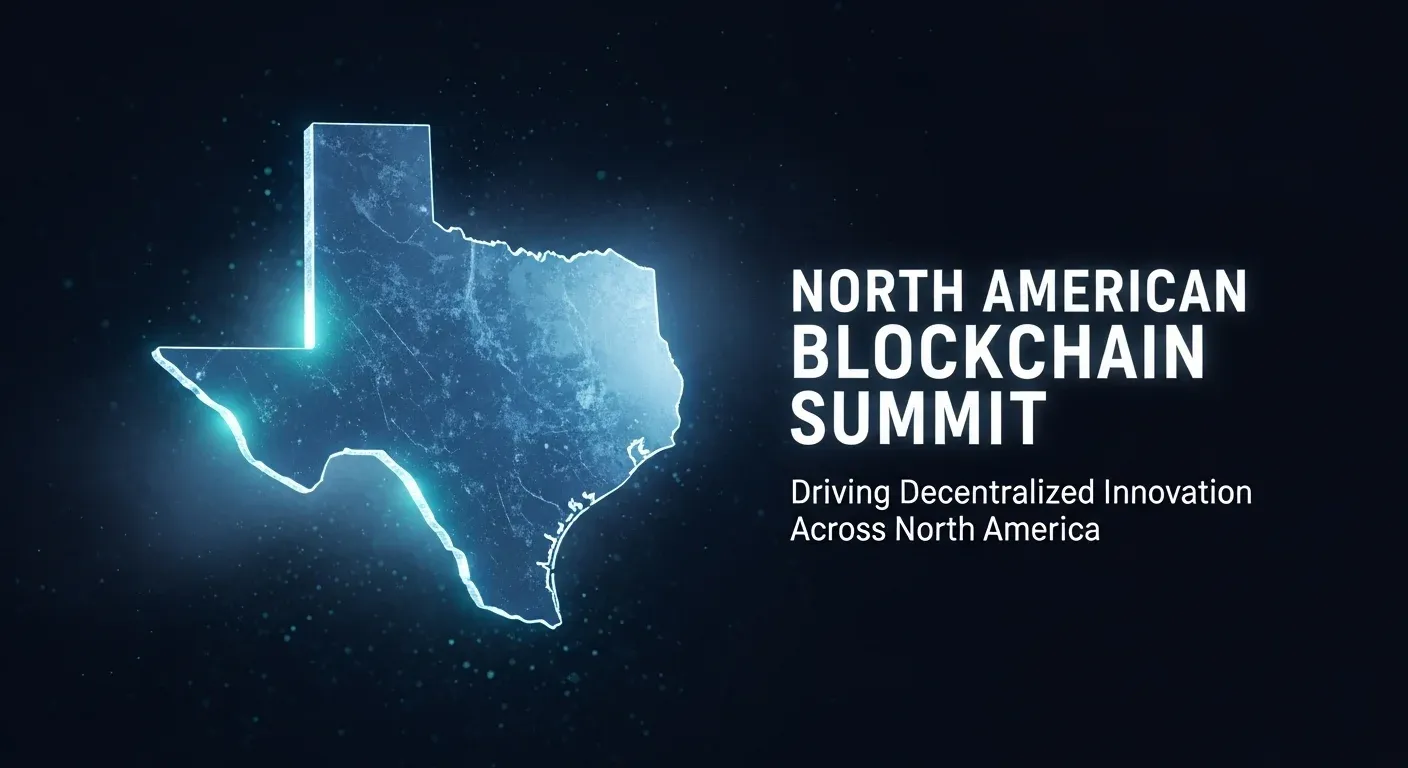

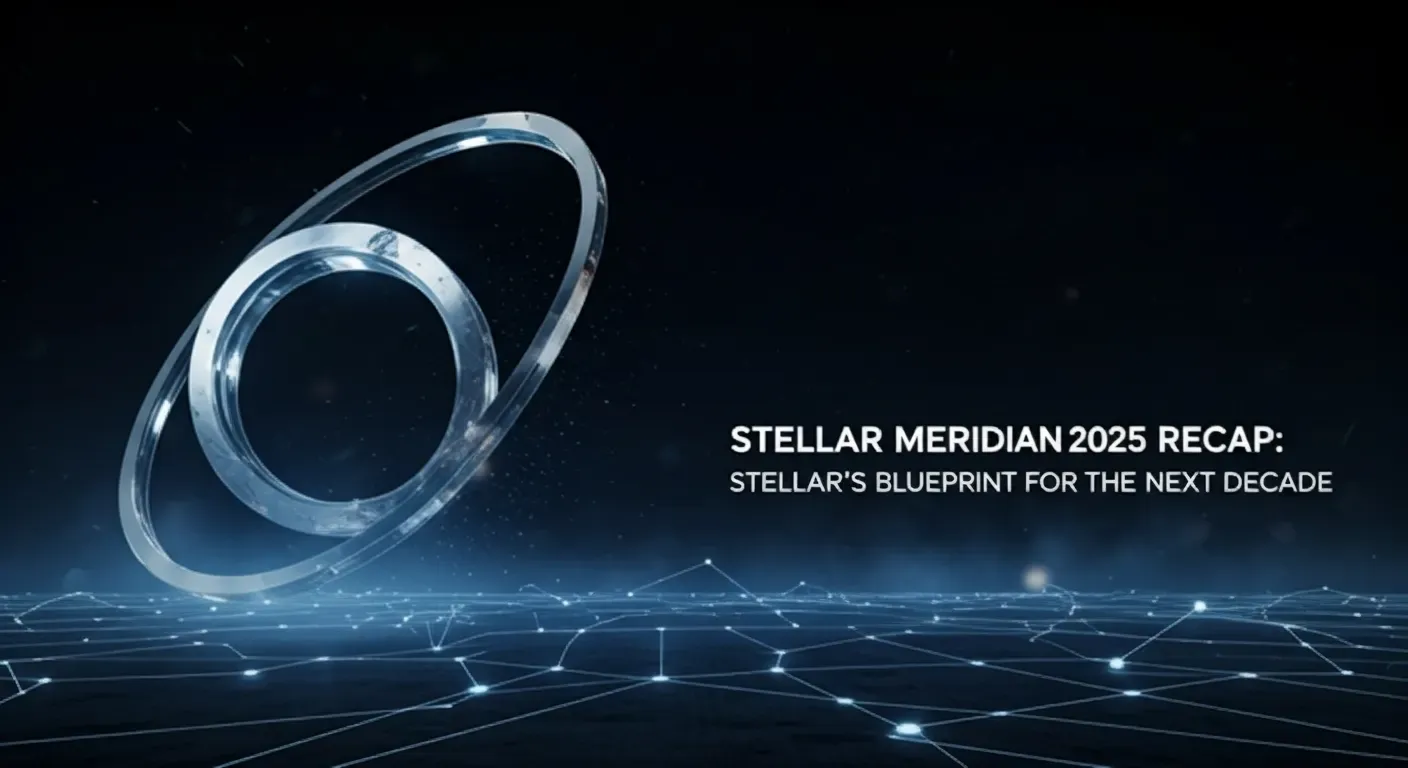
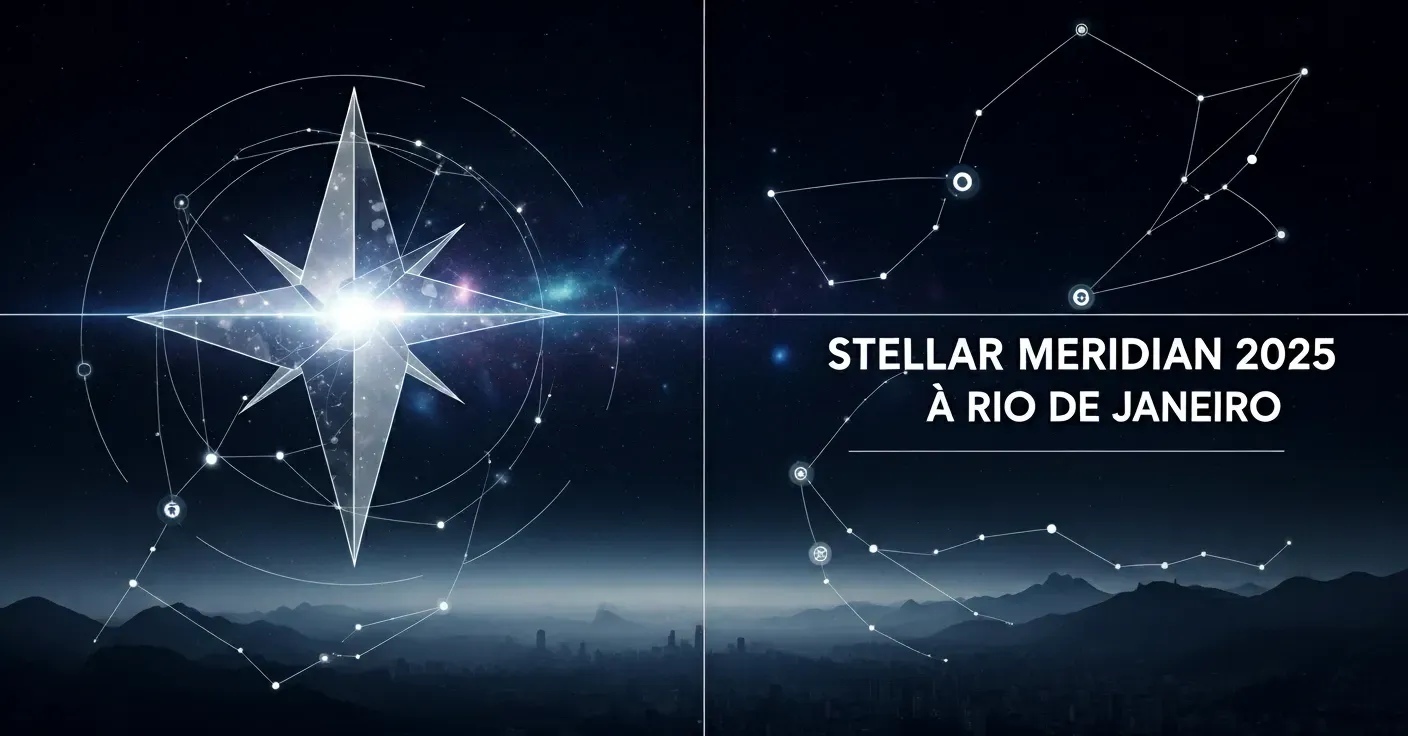


Discussion